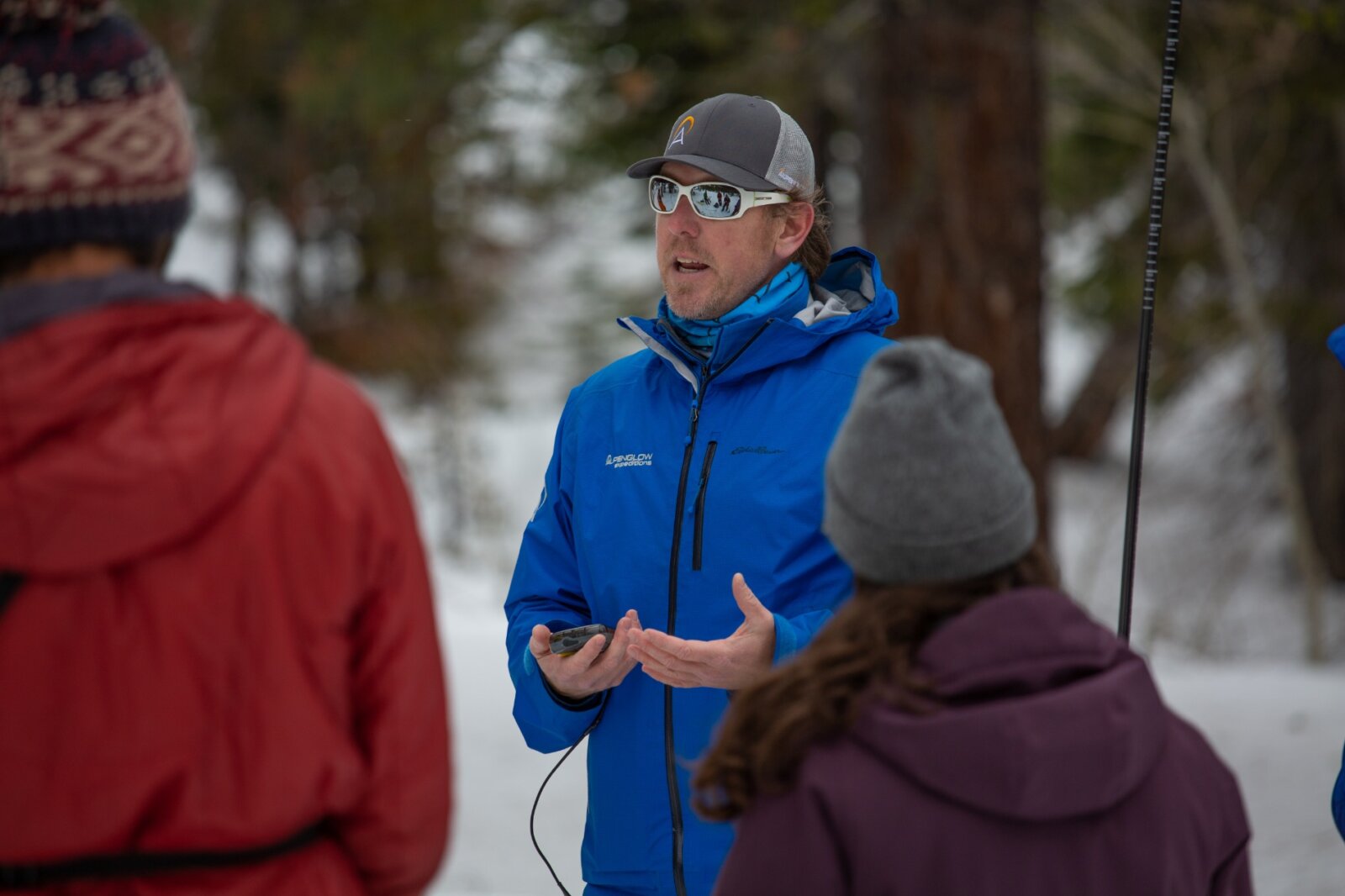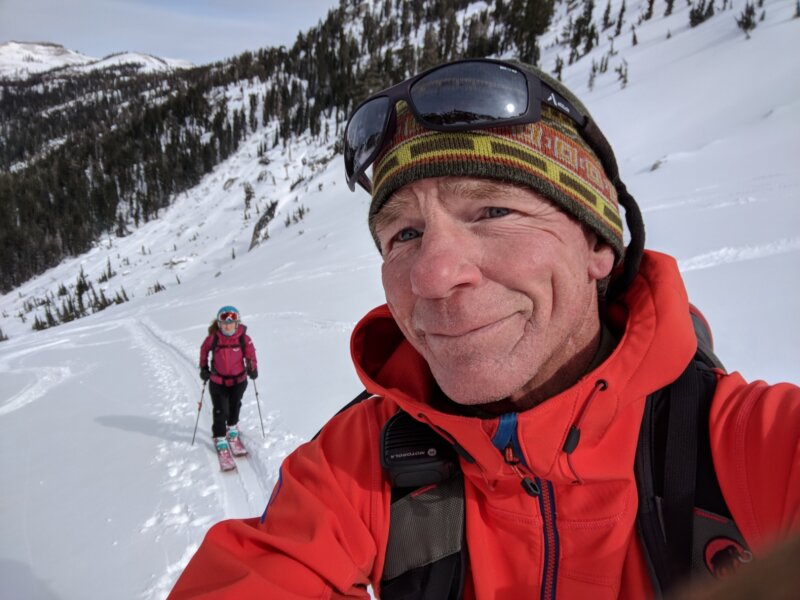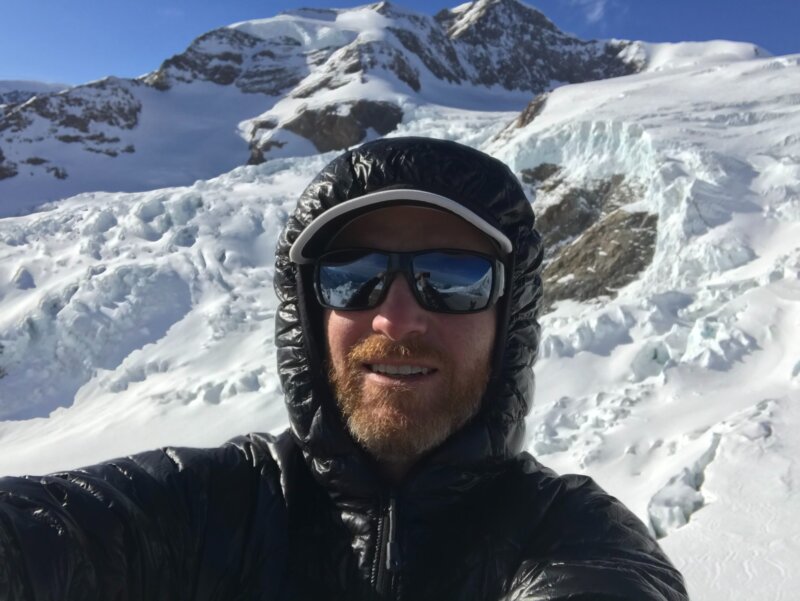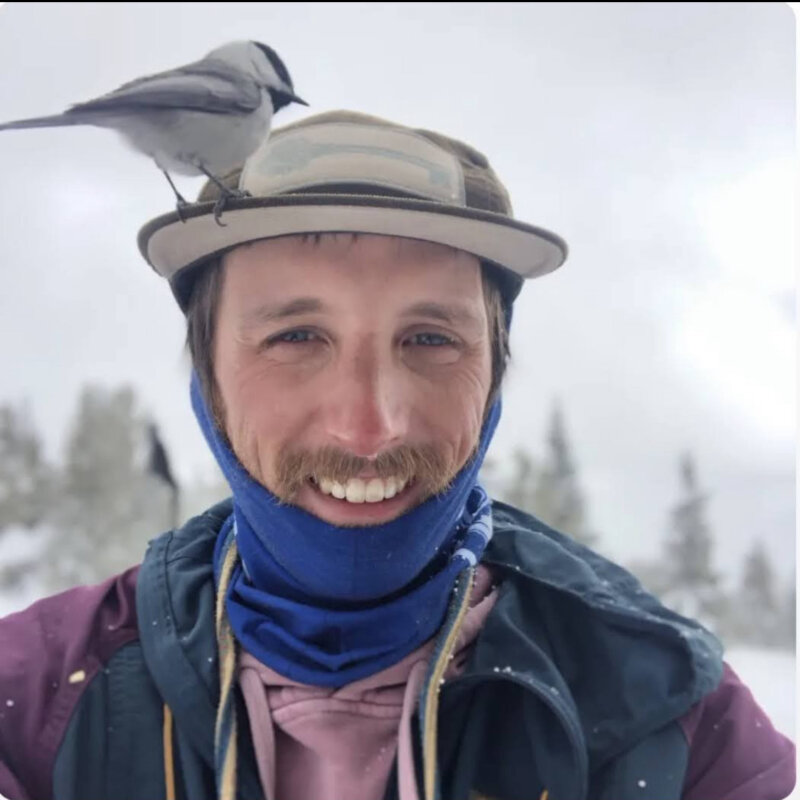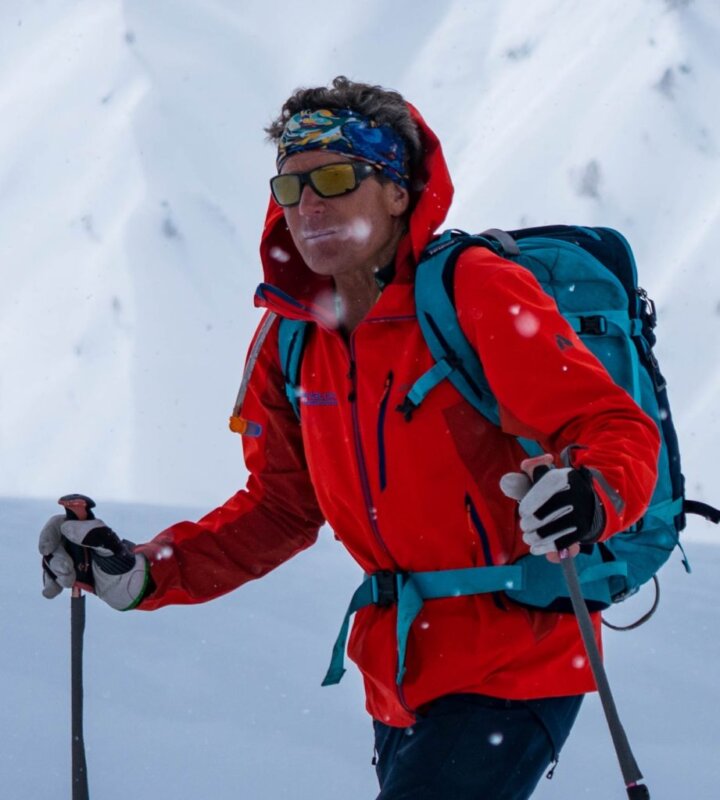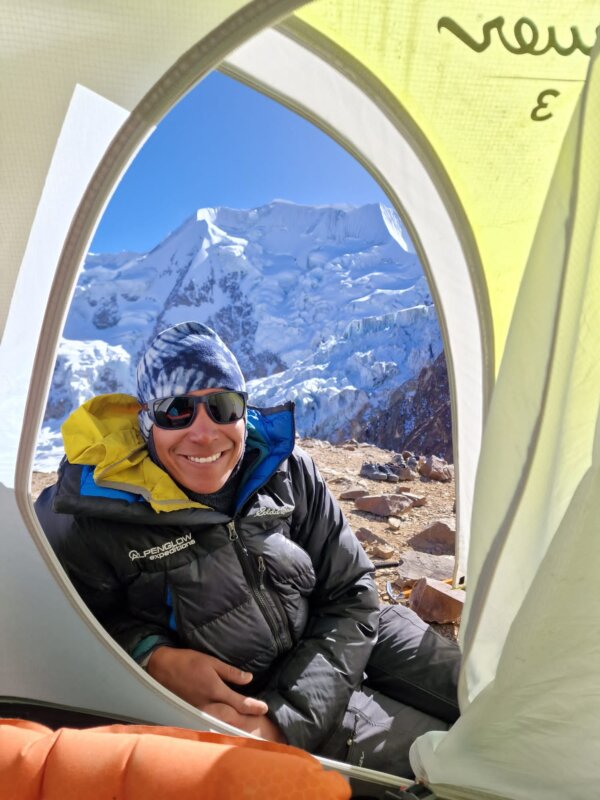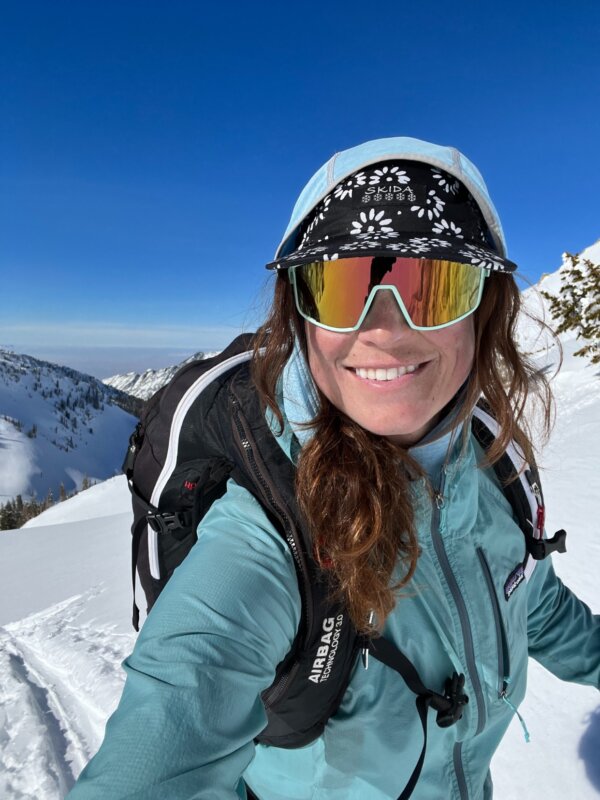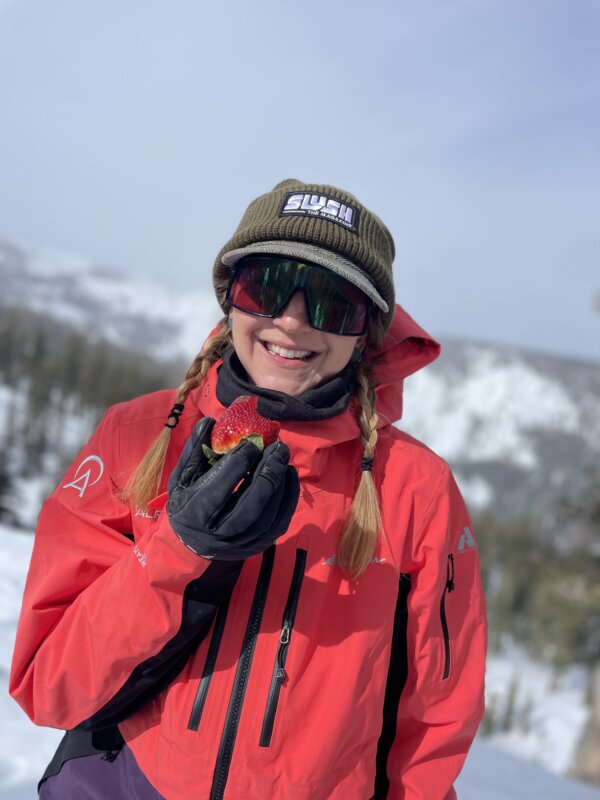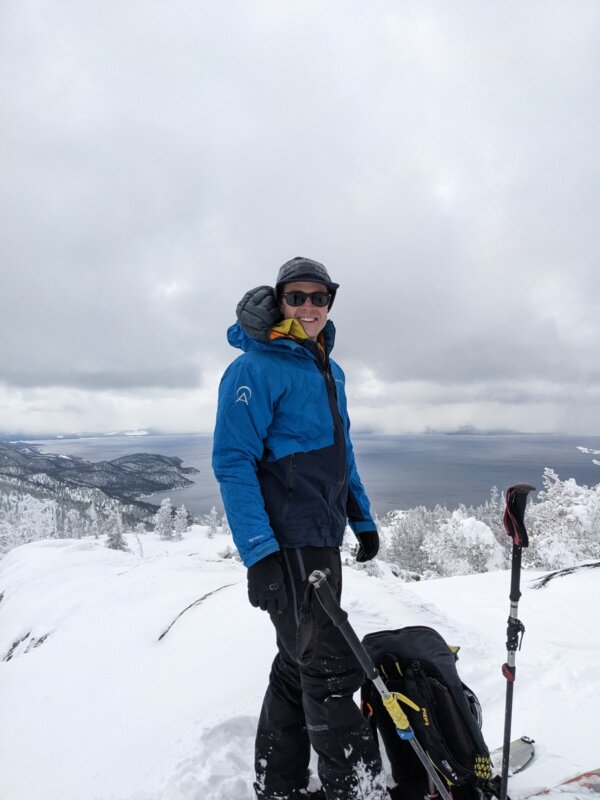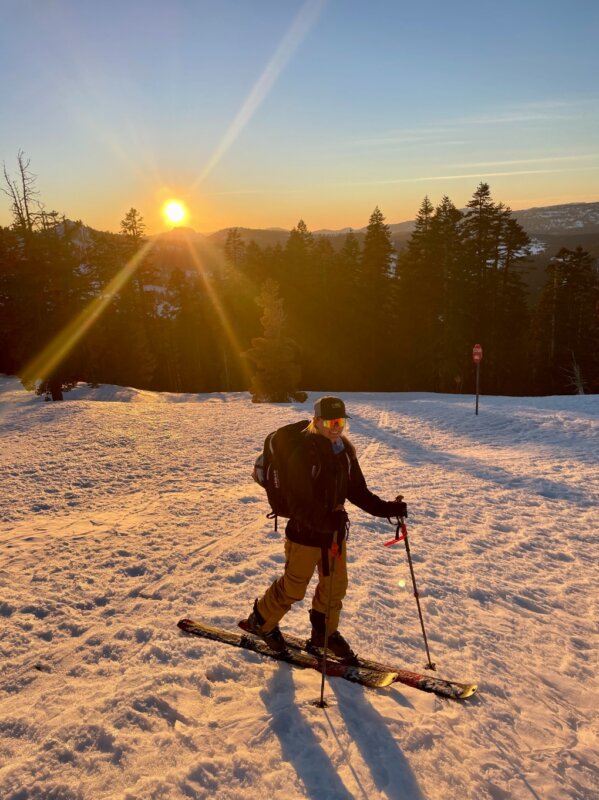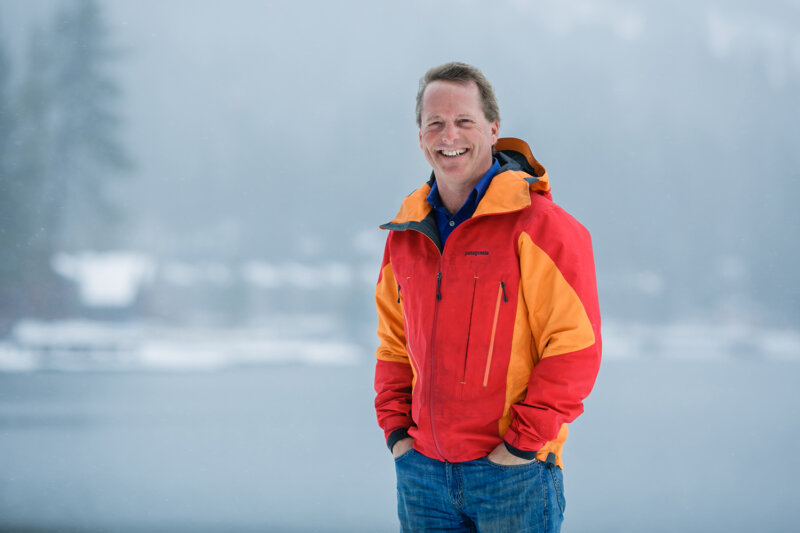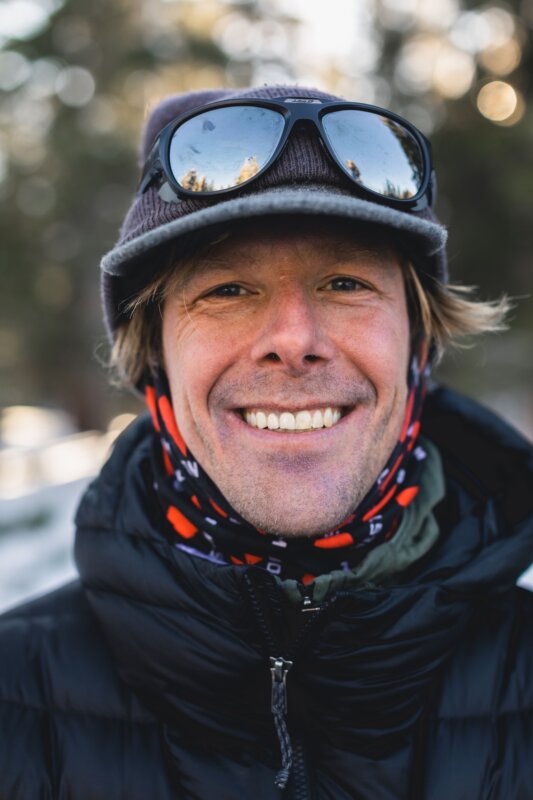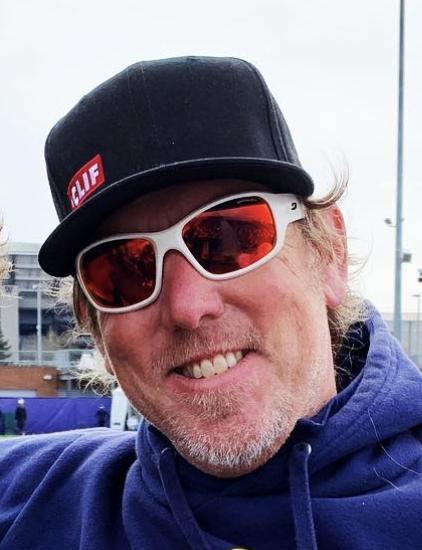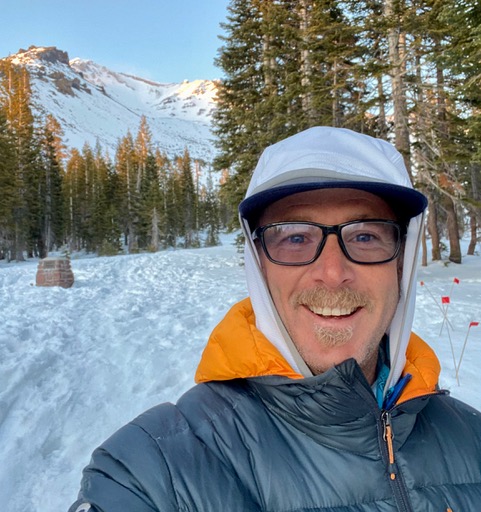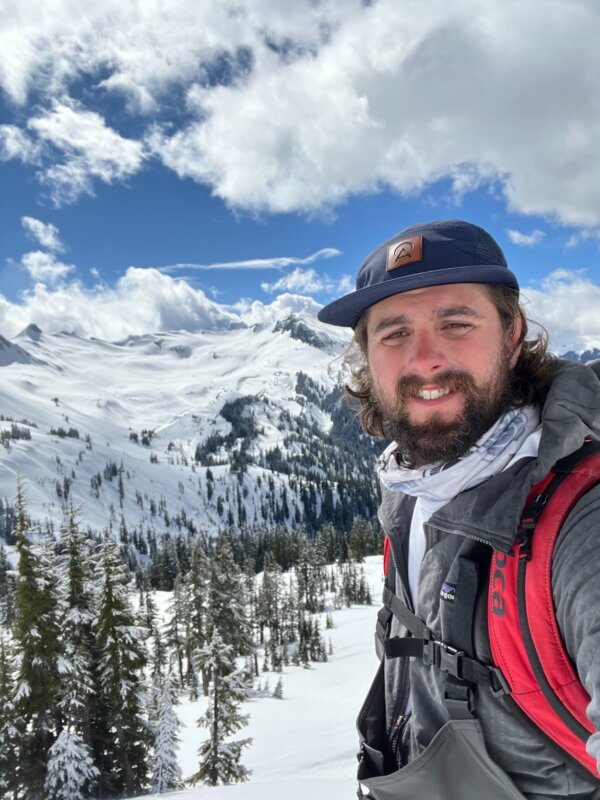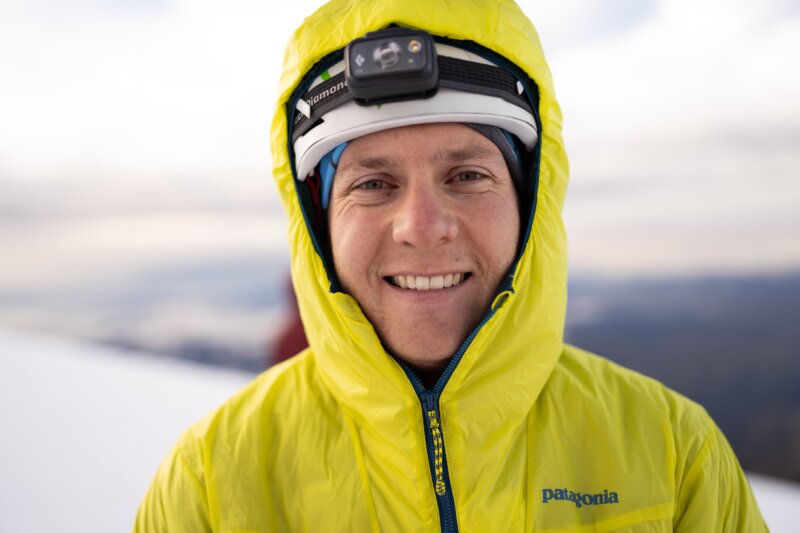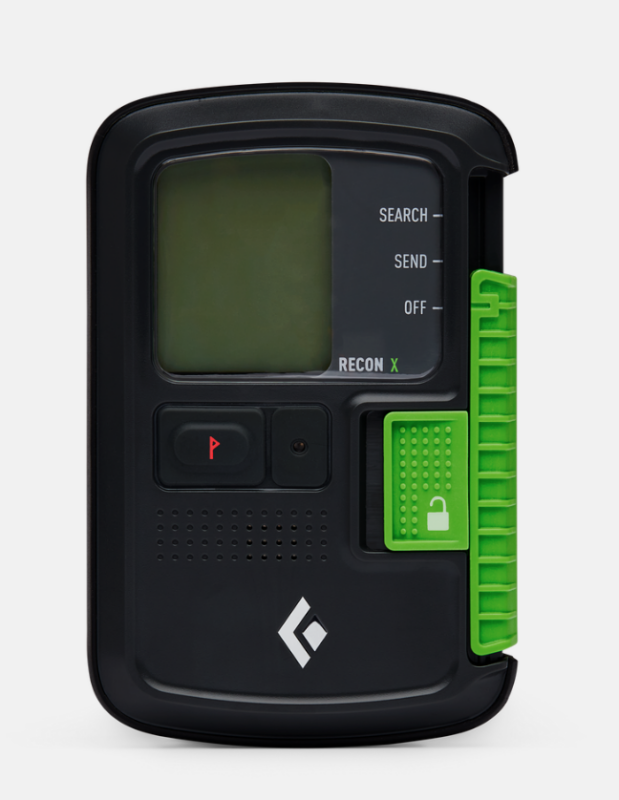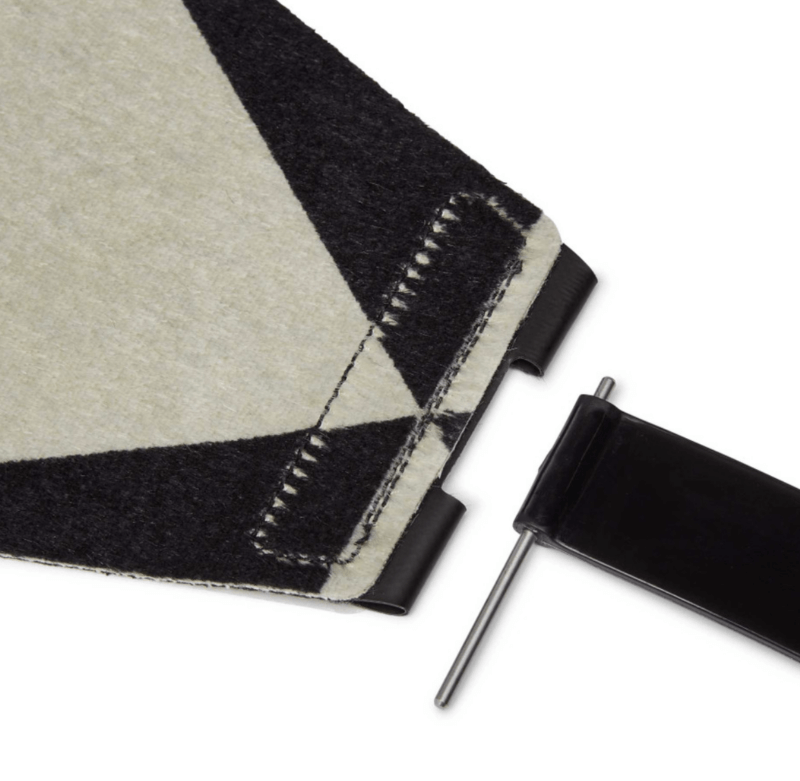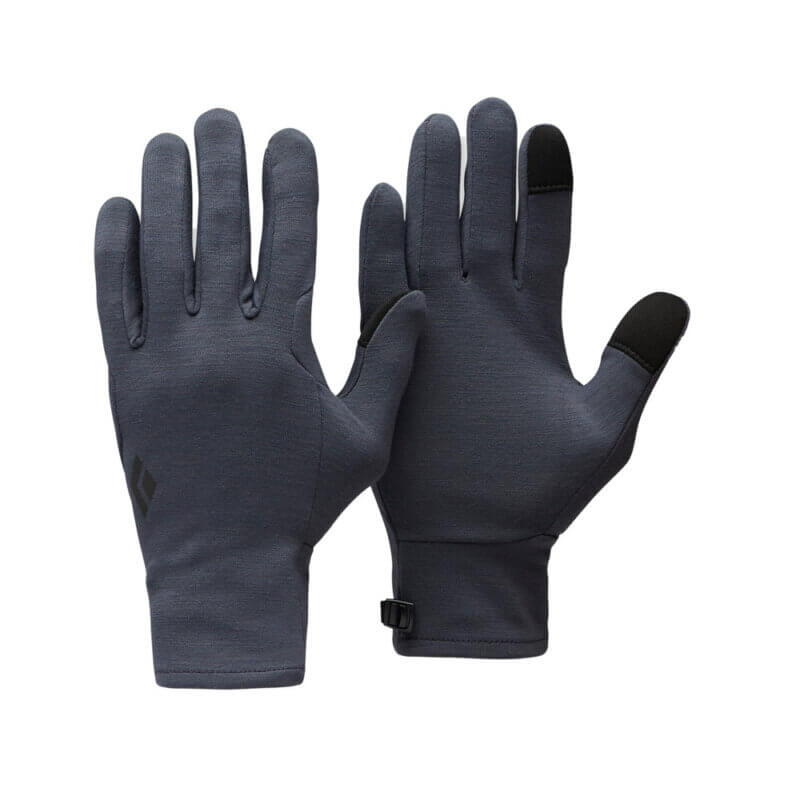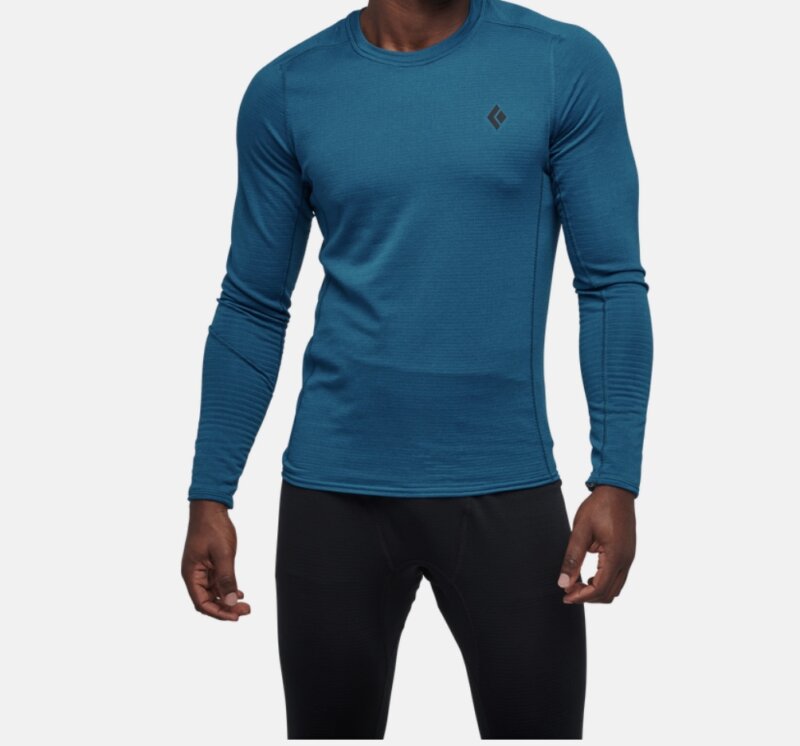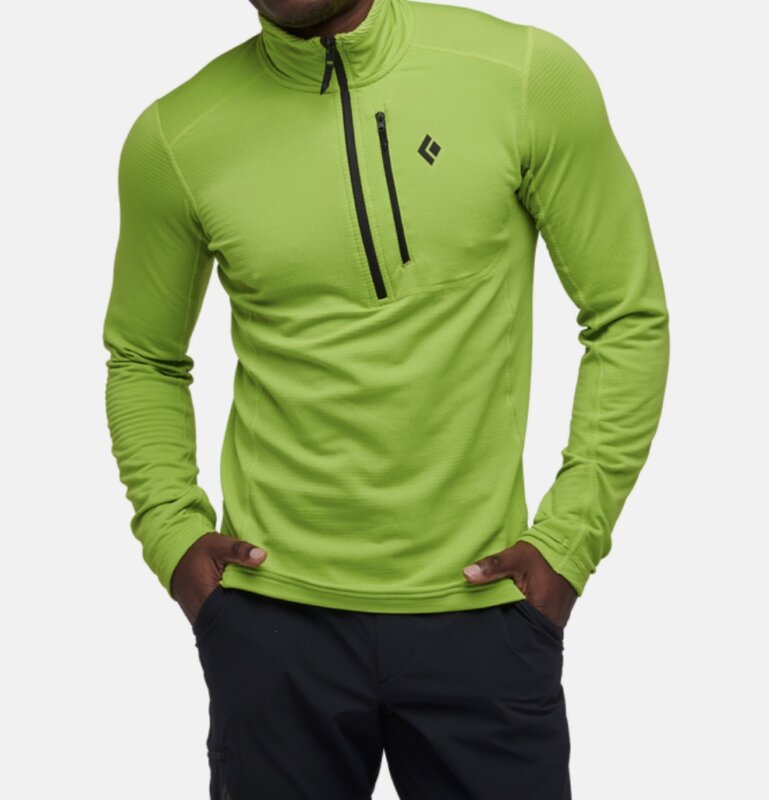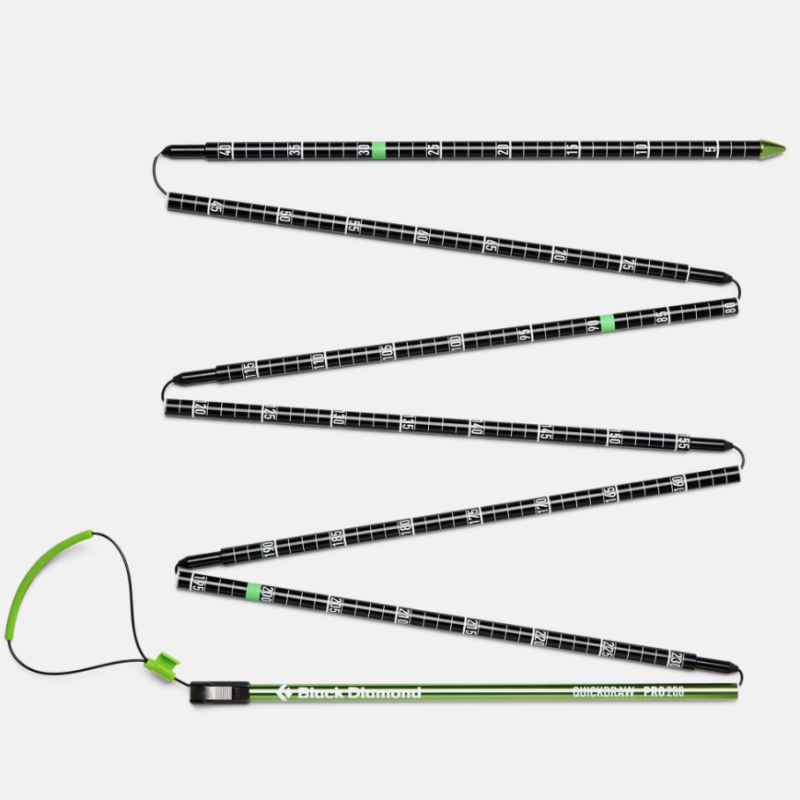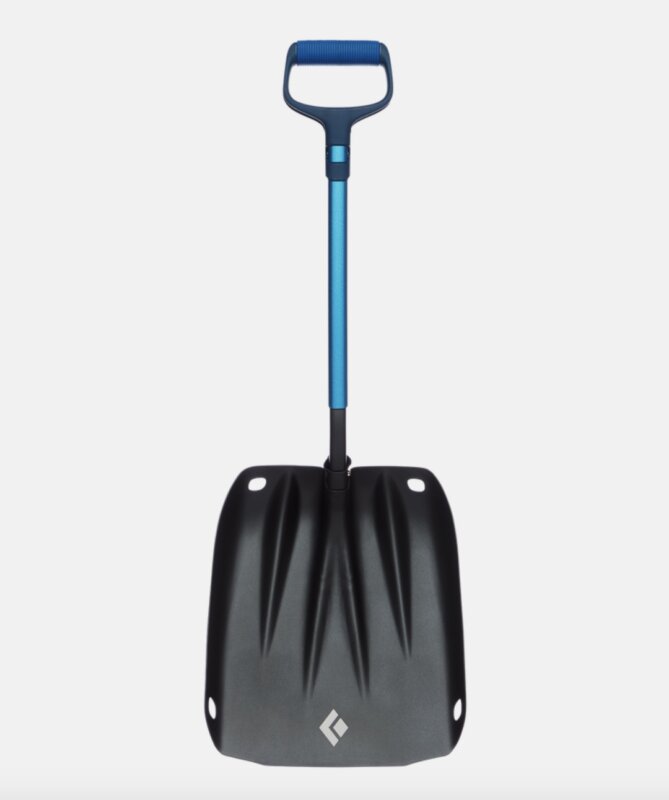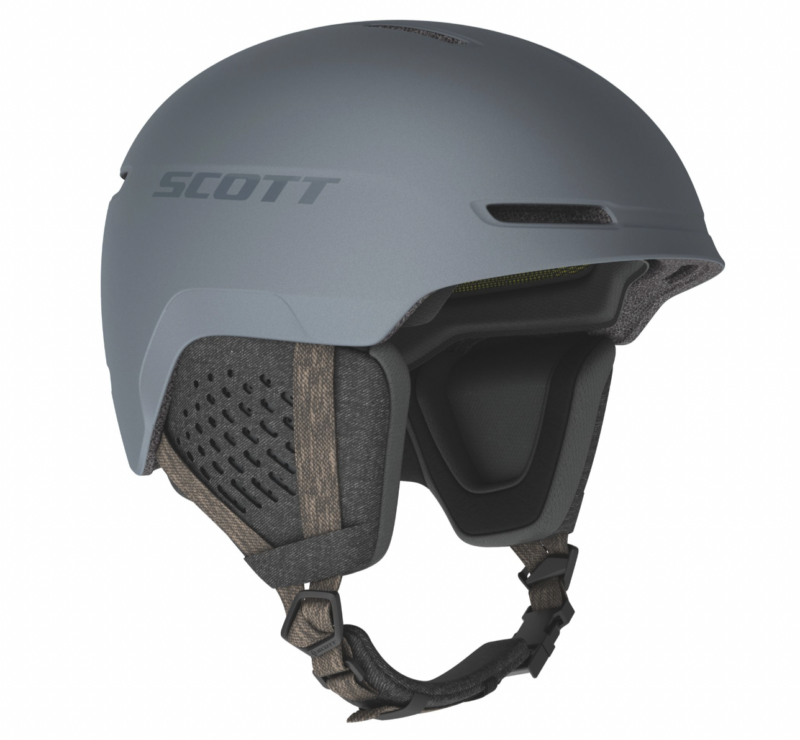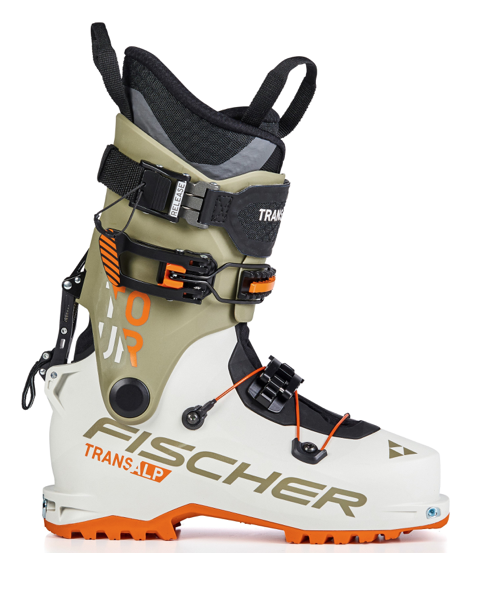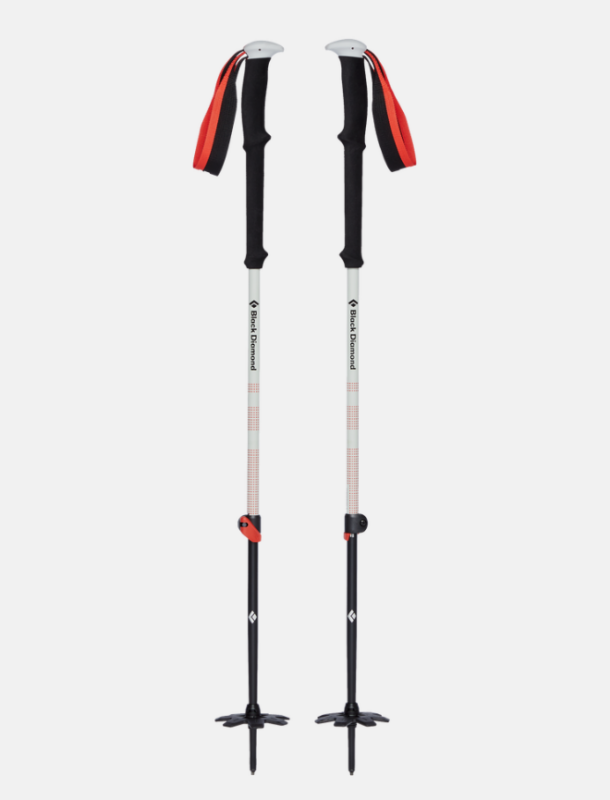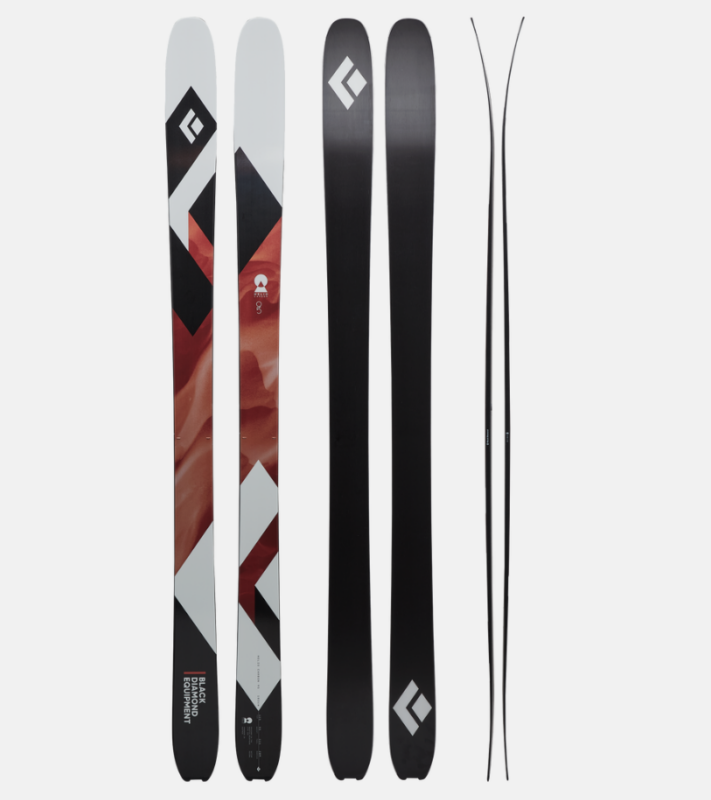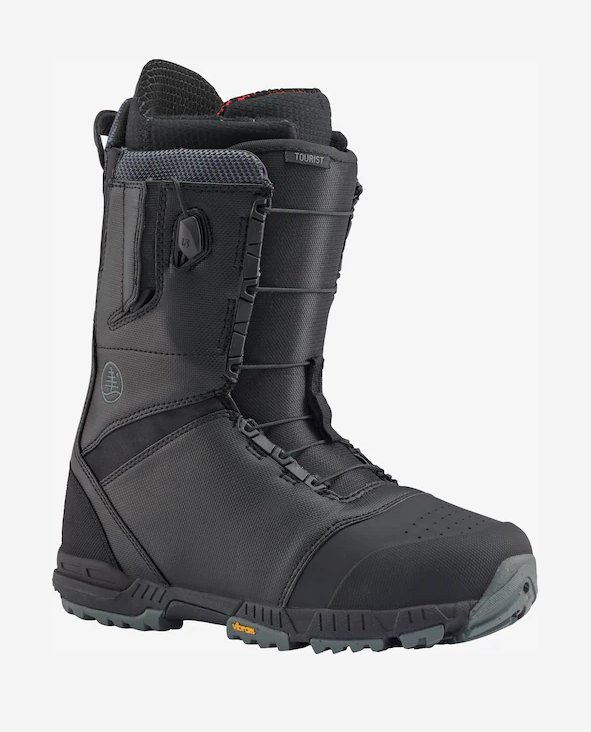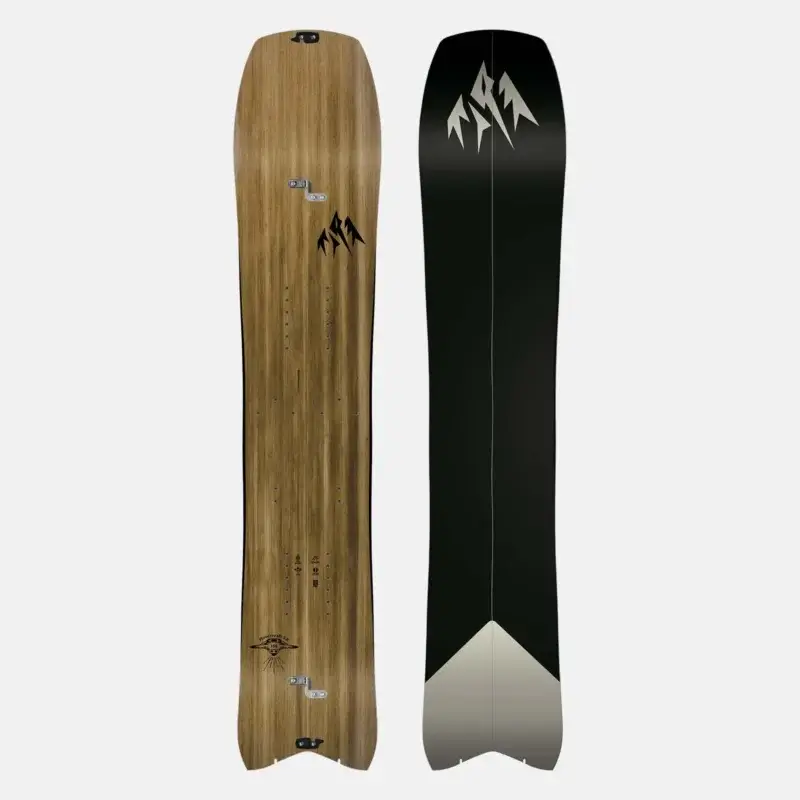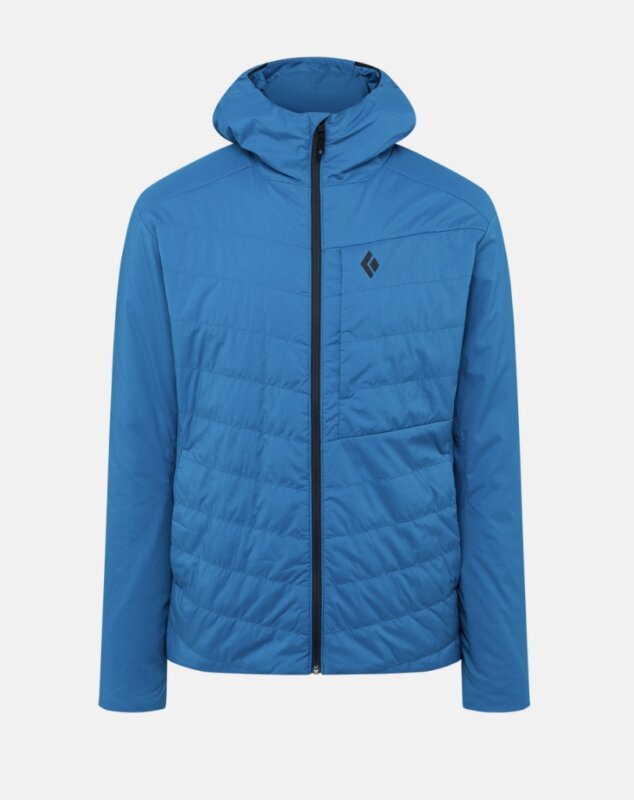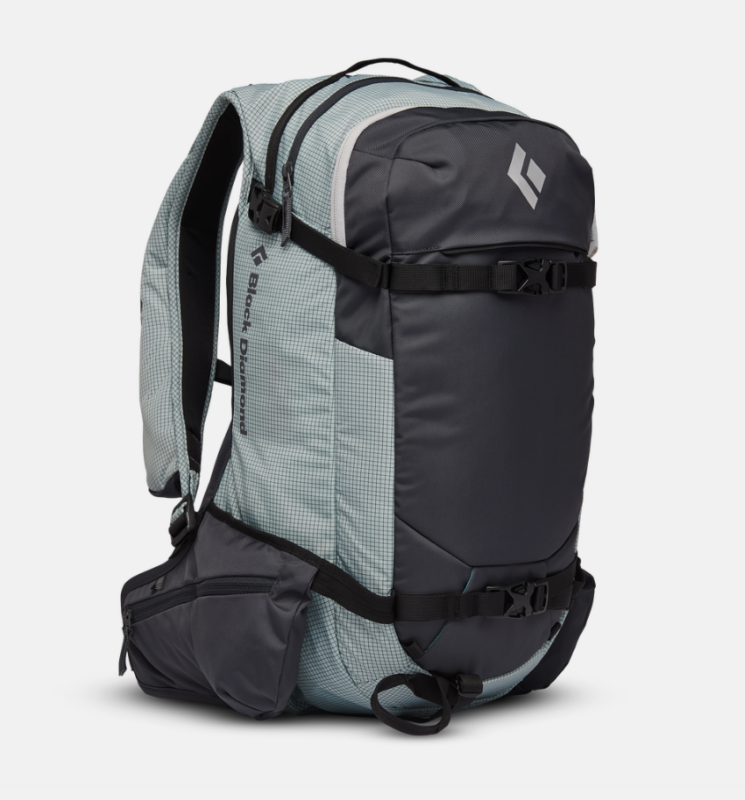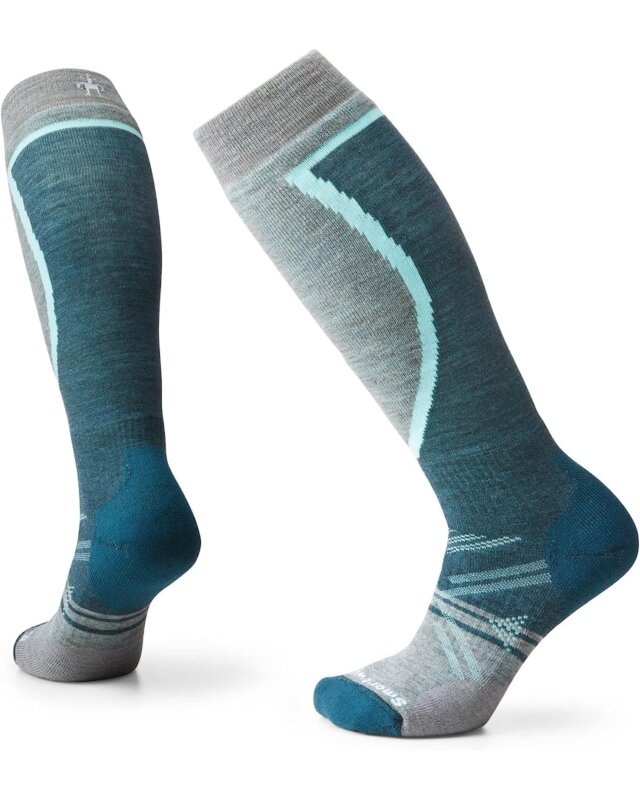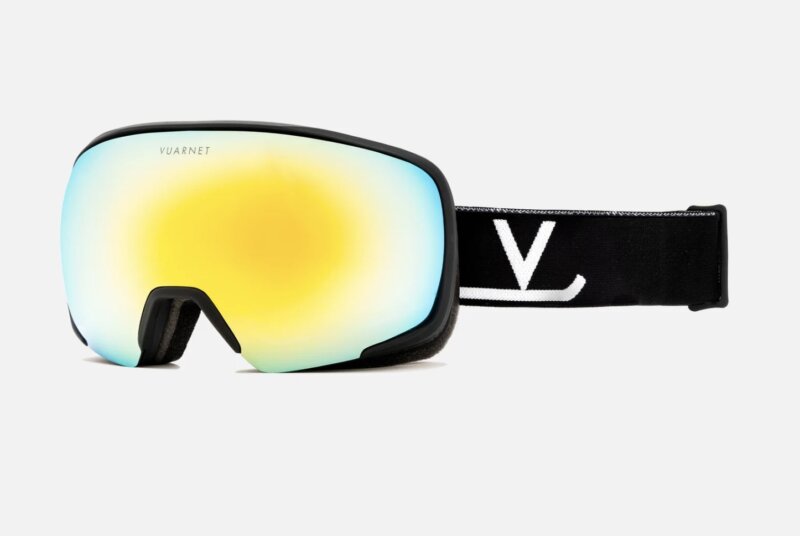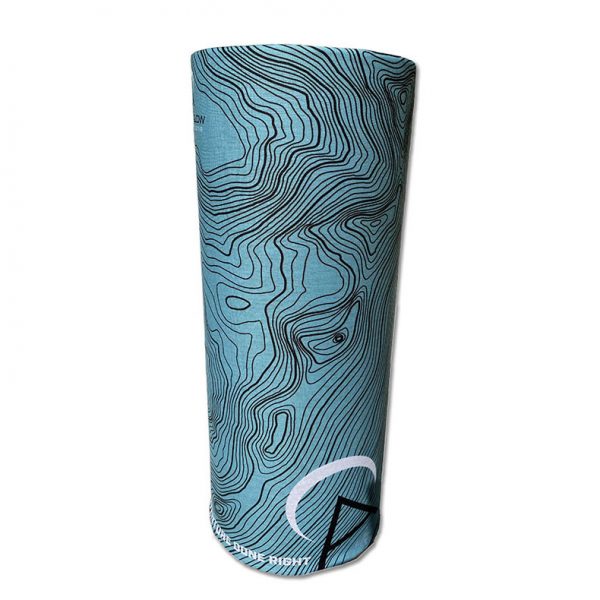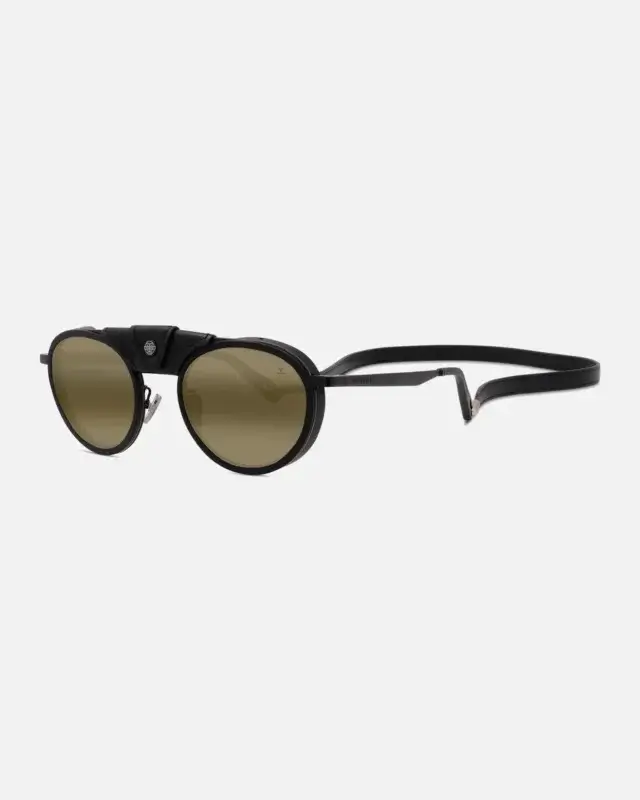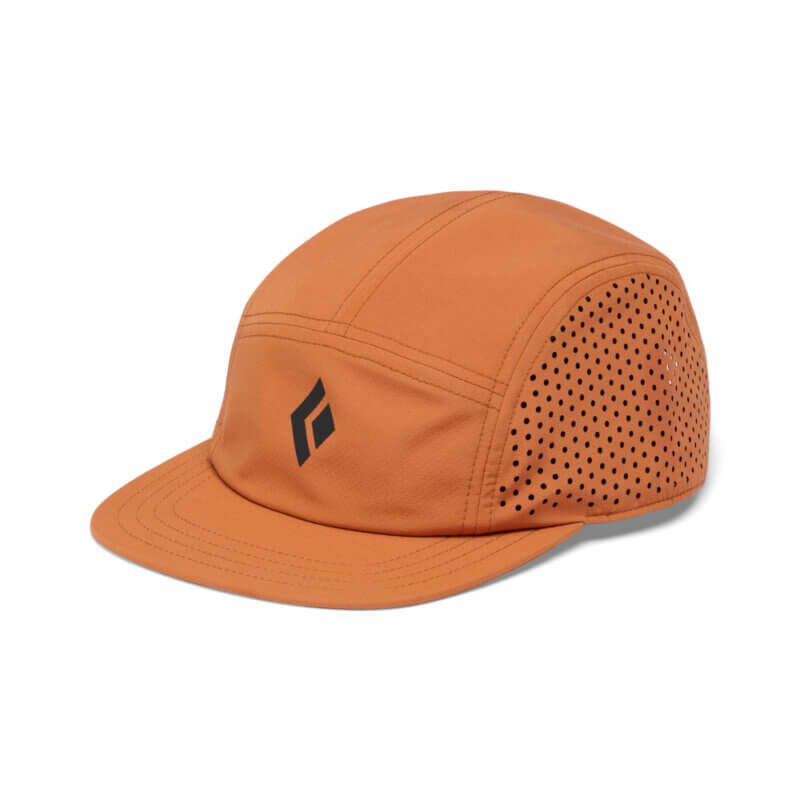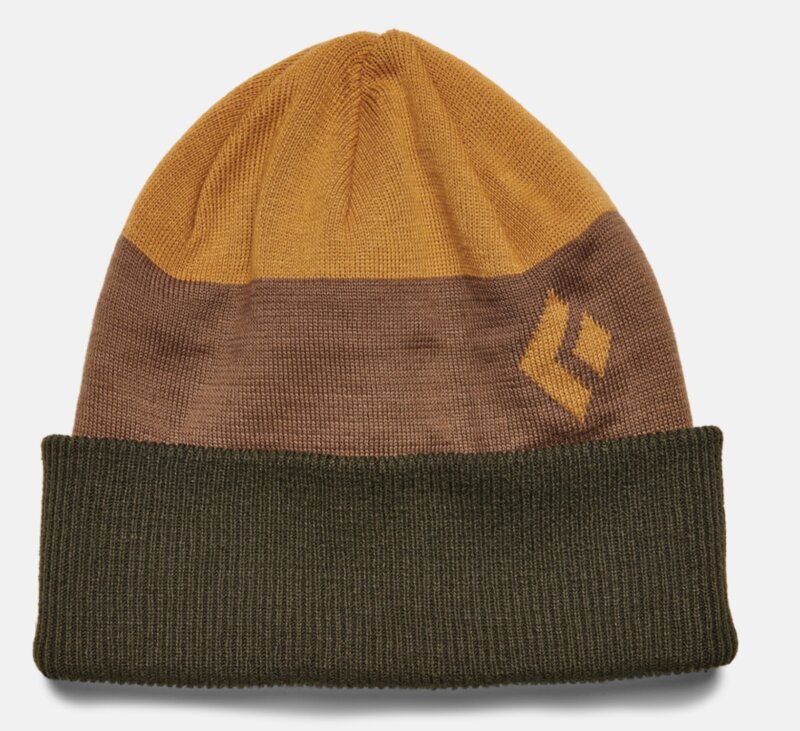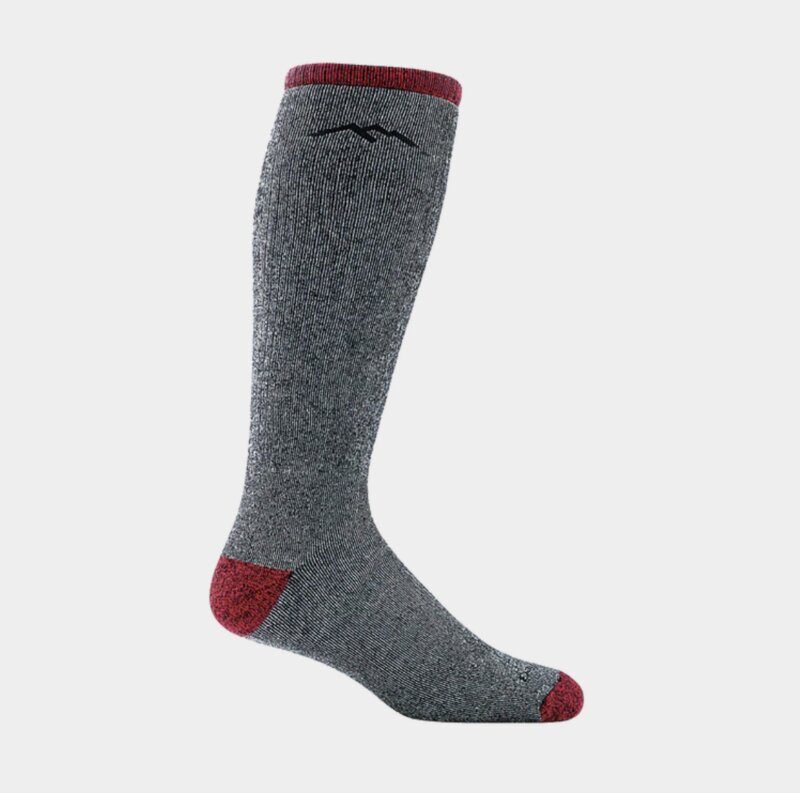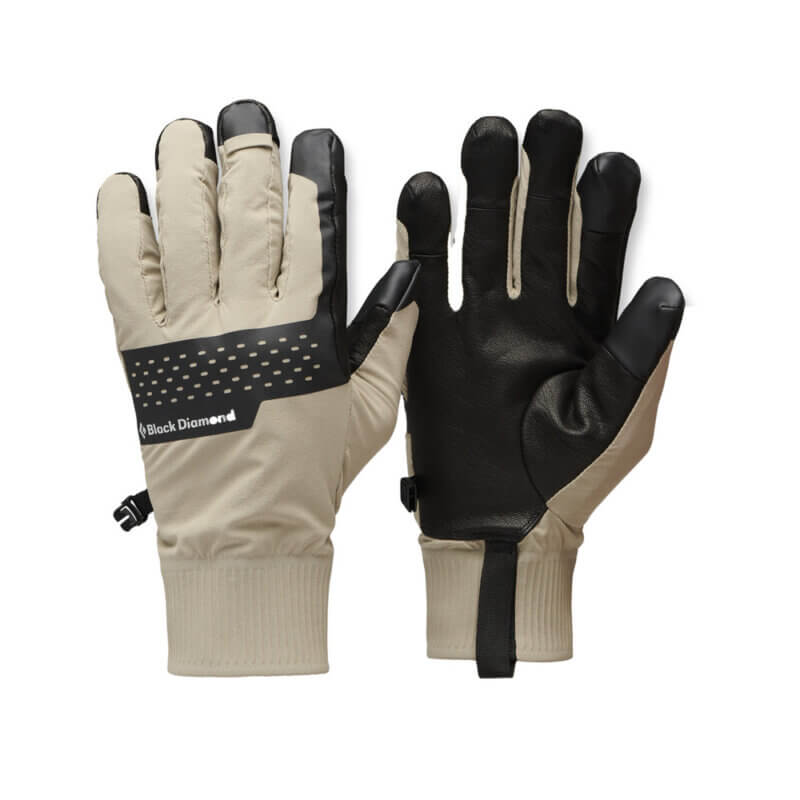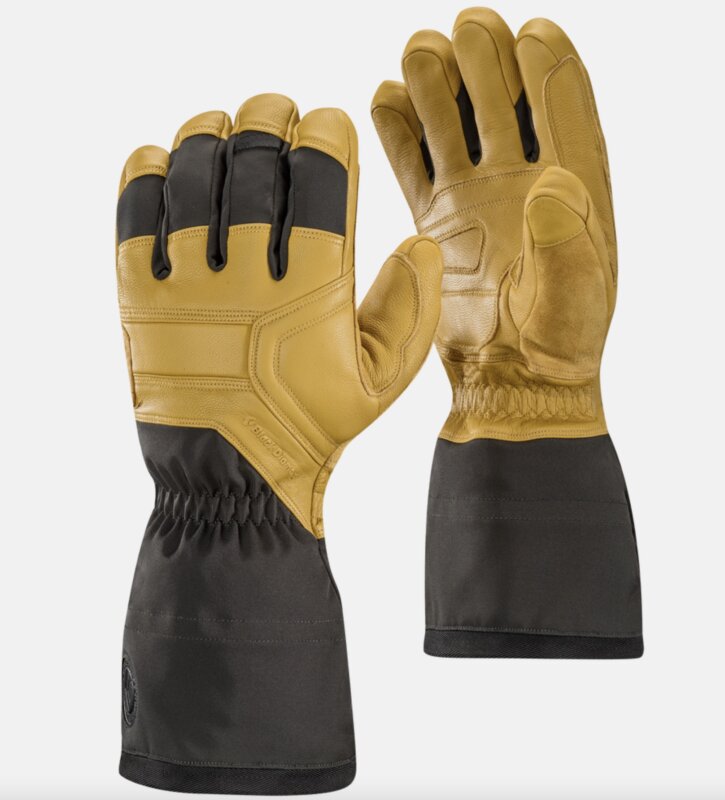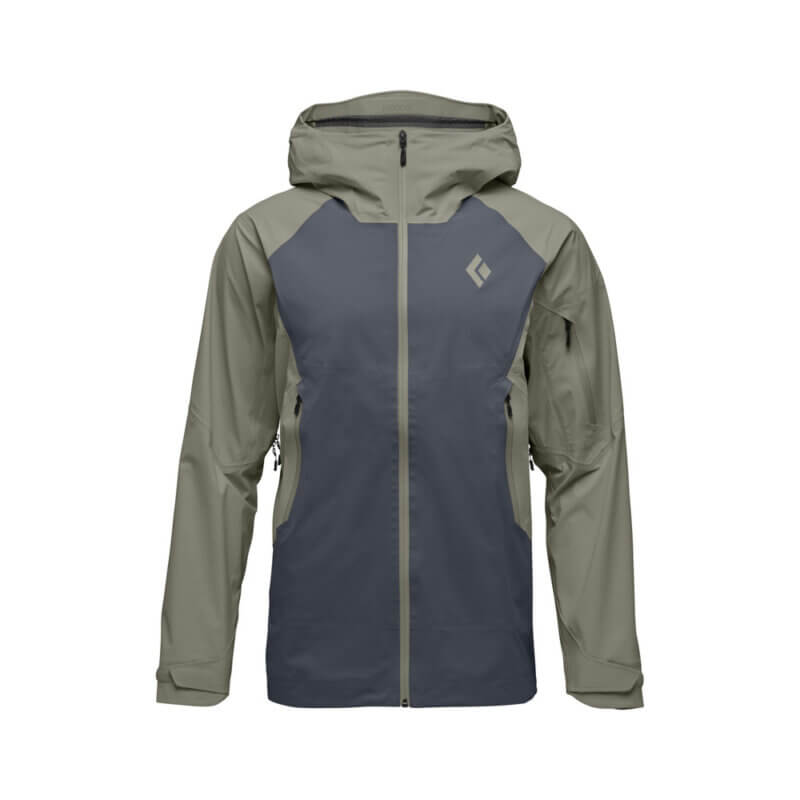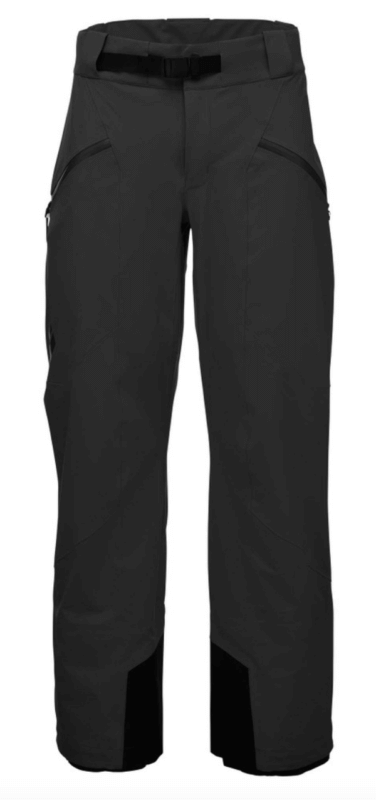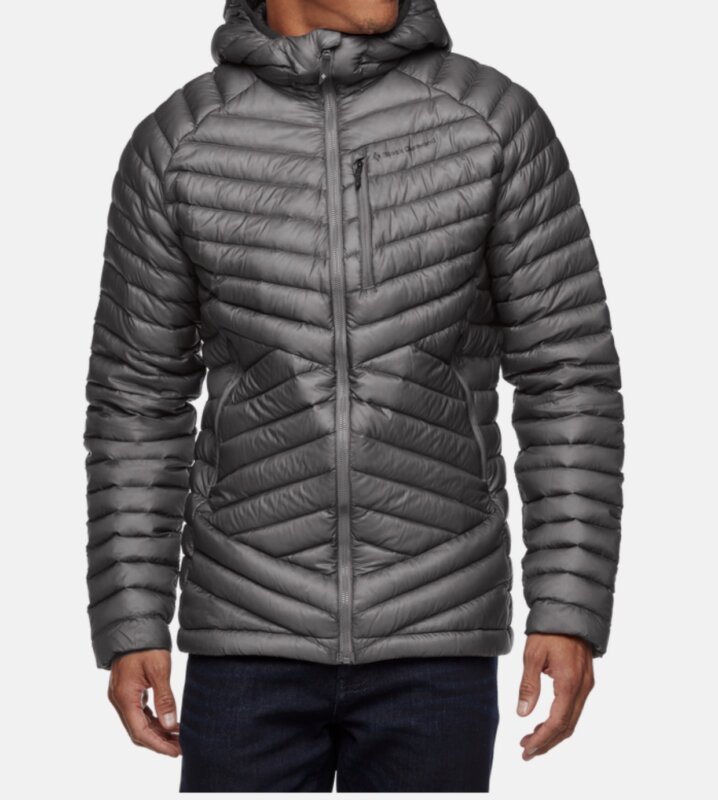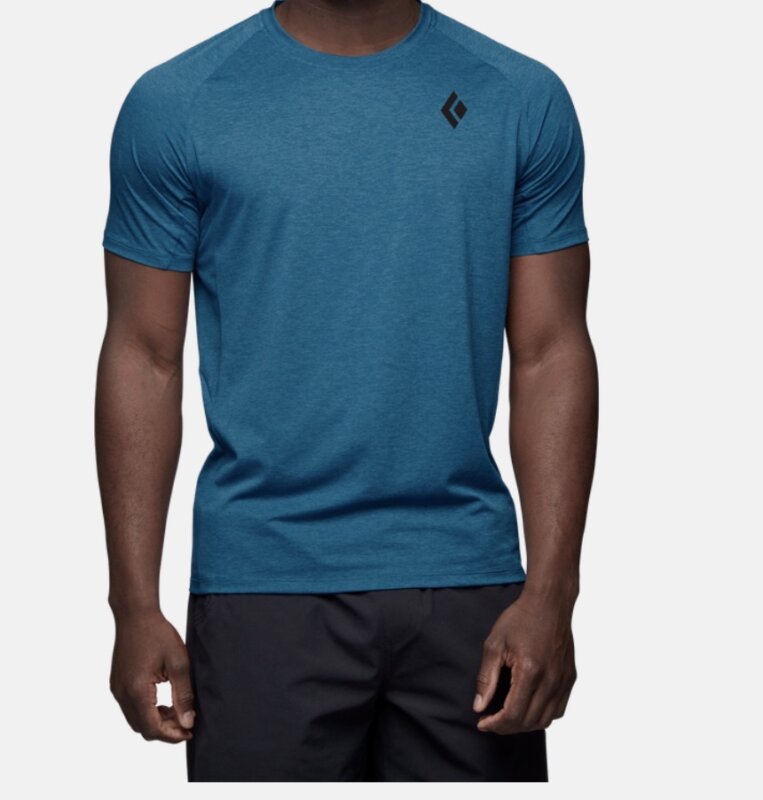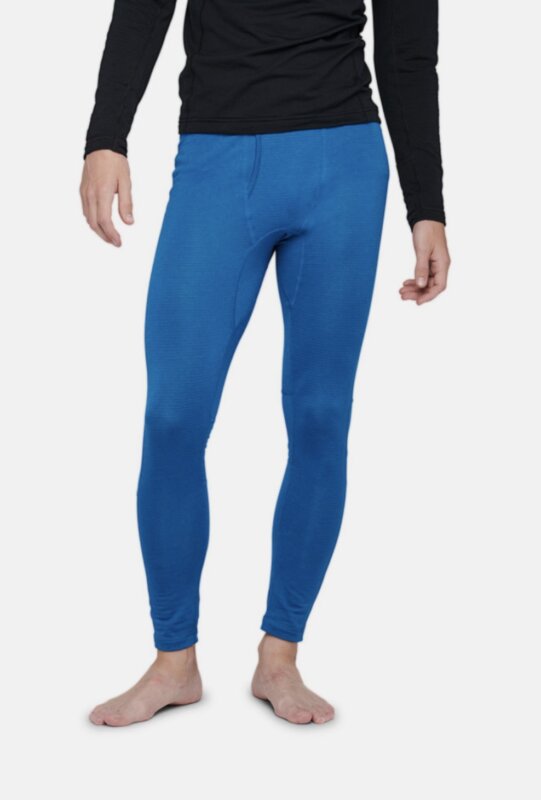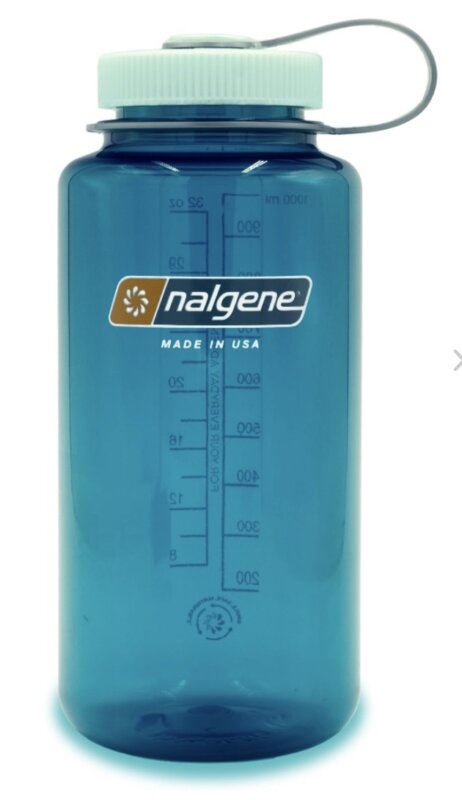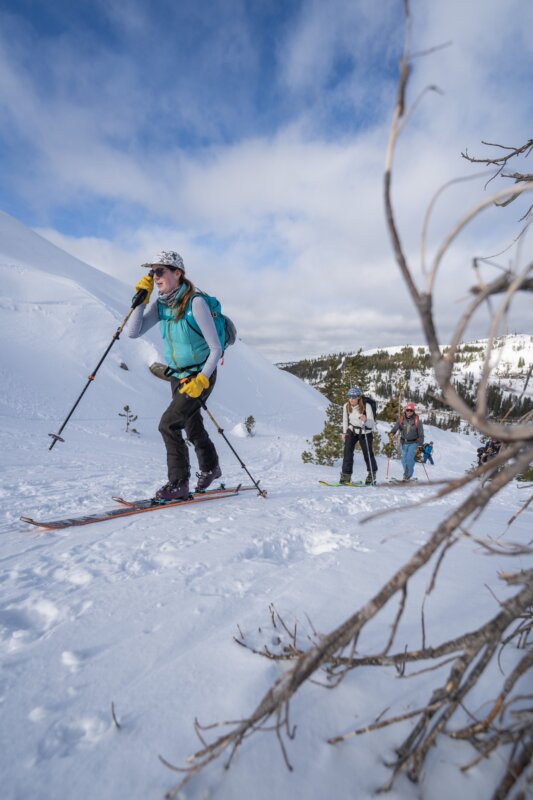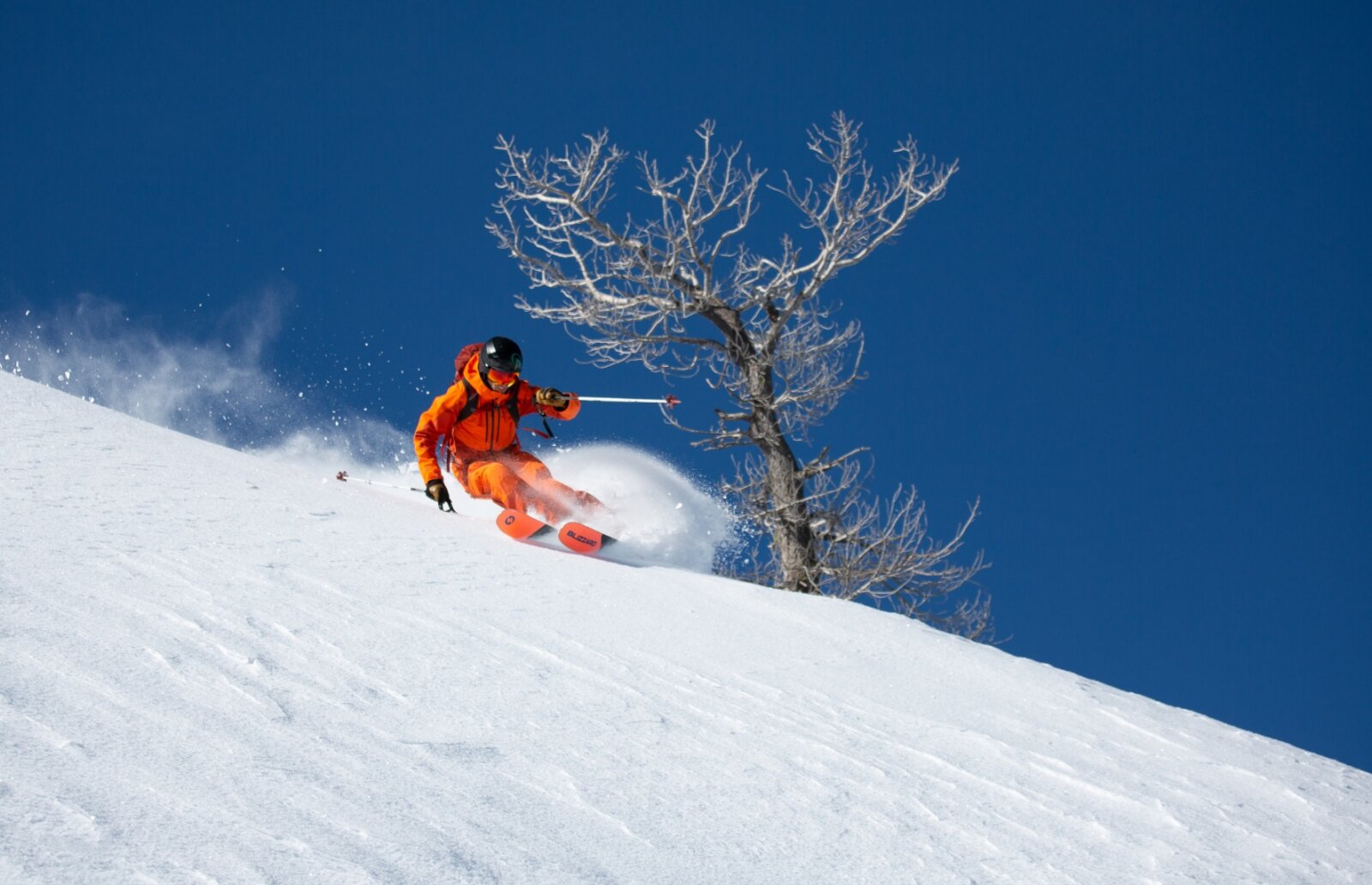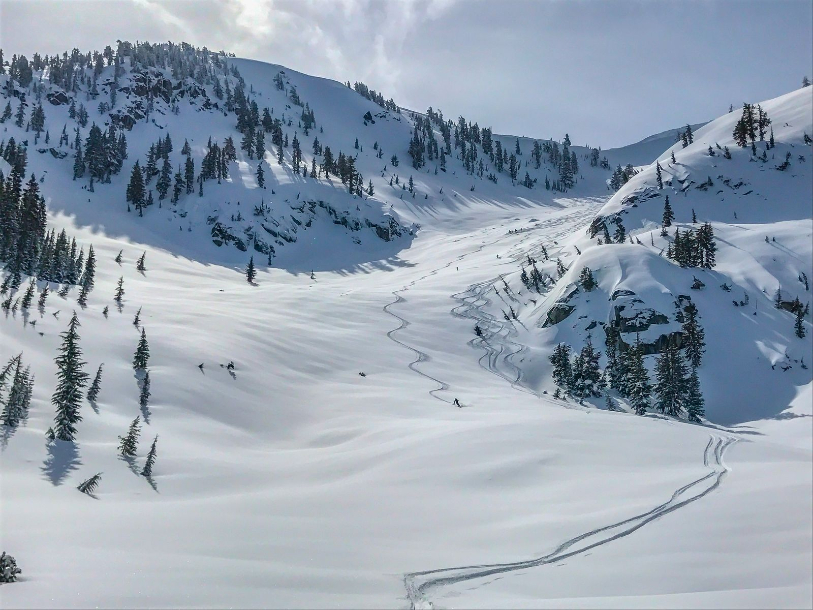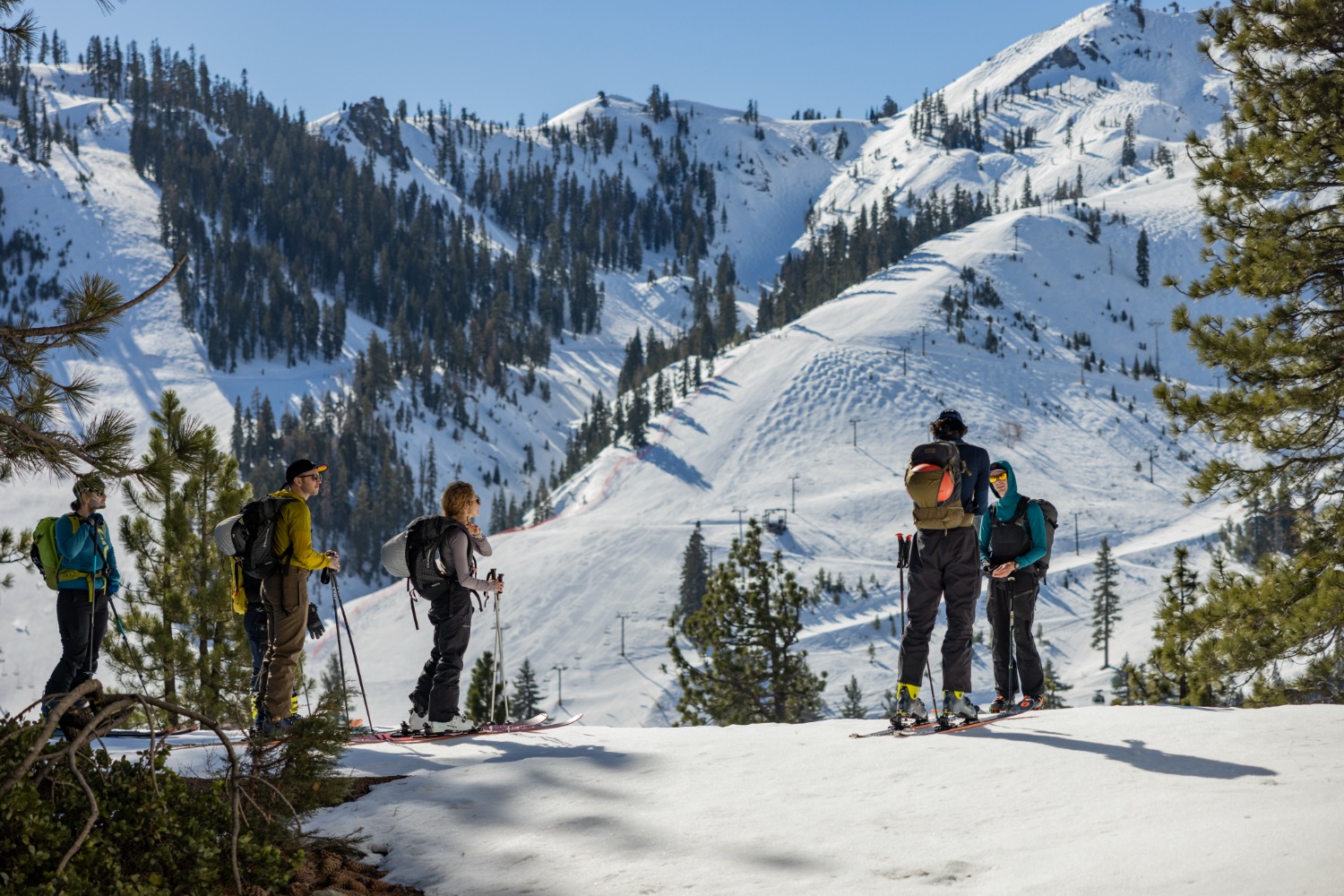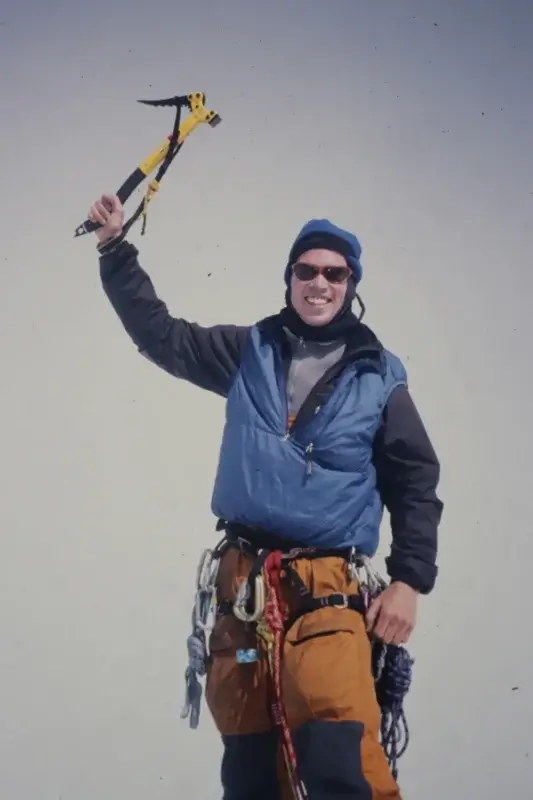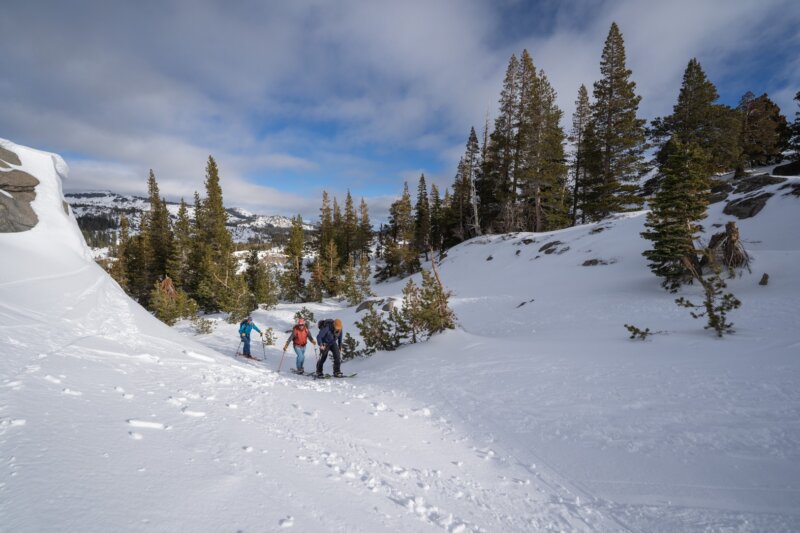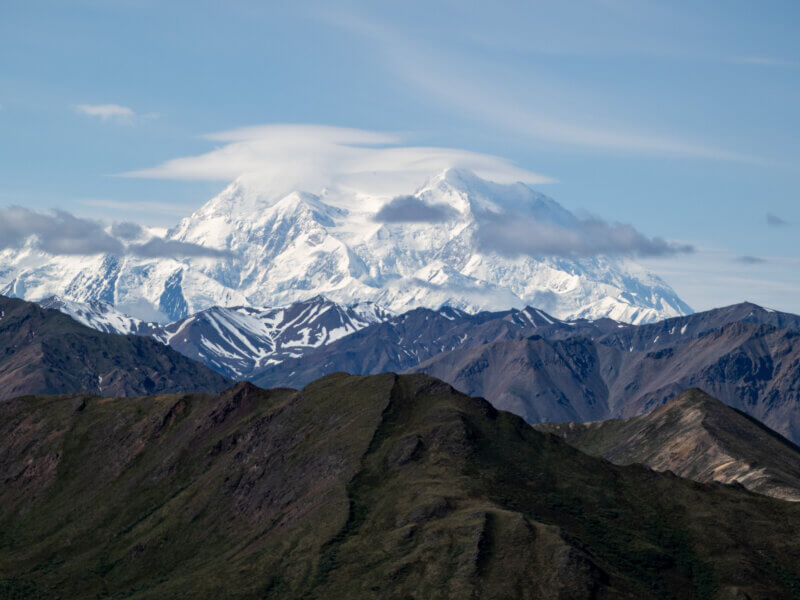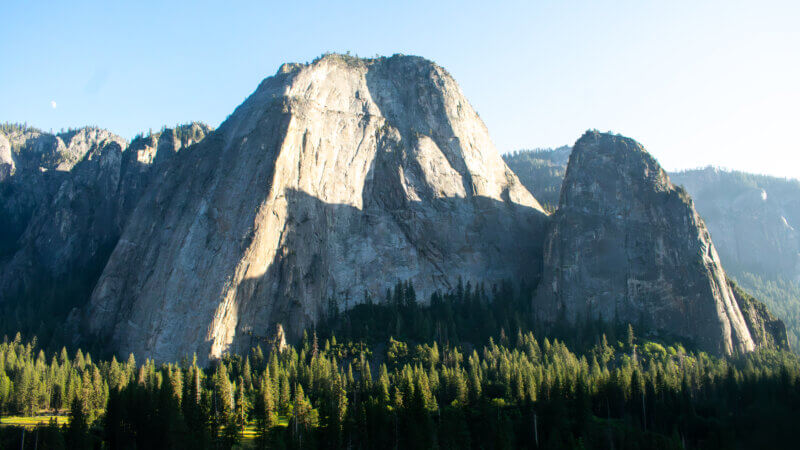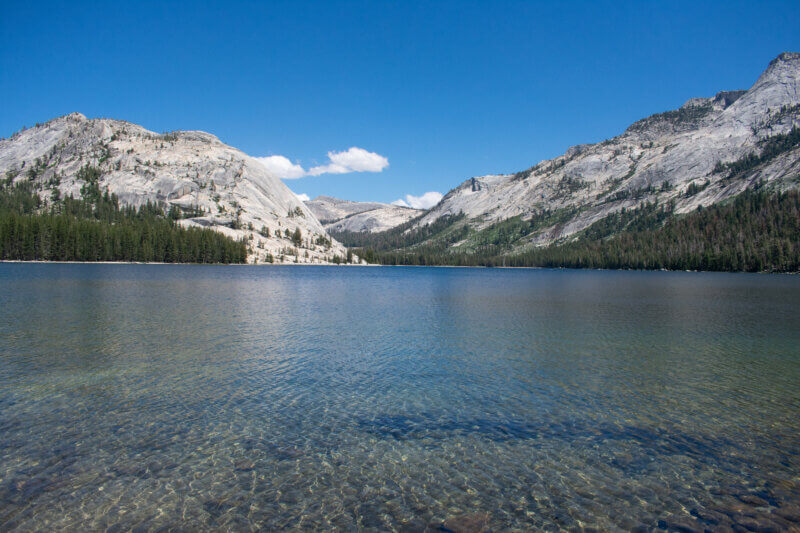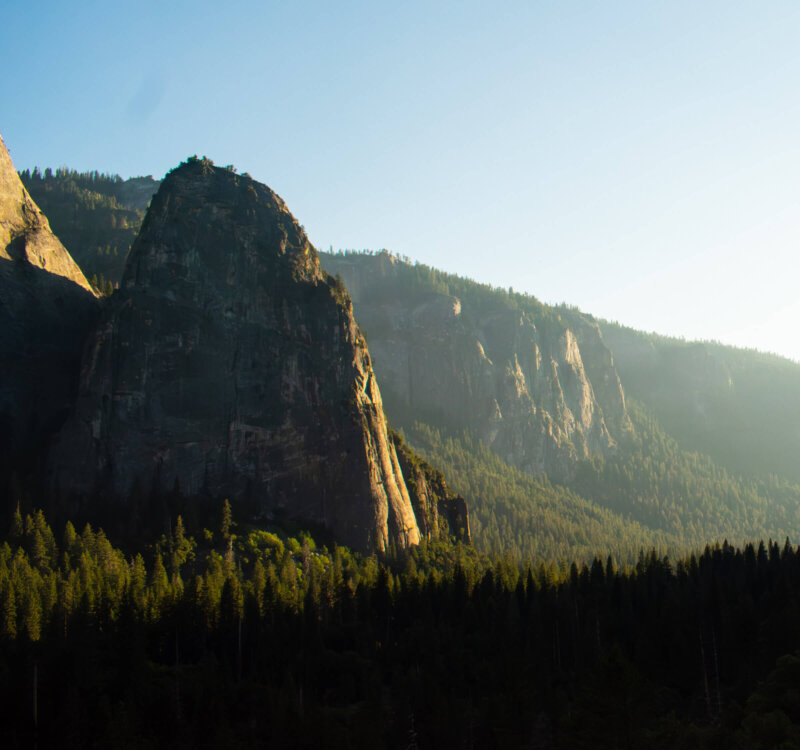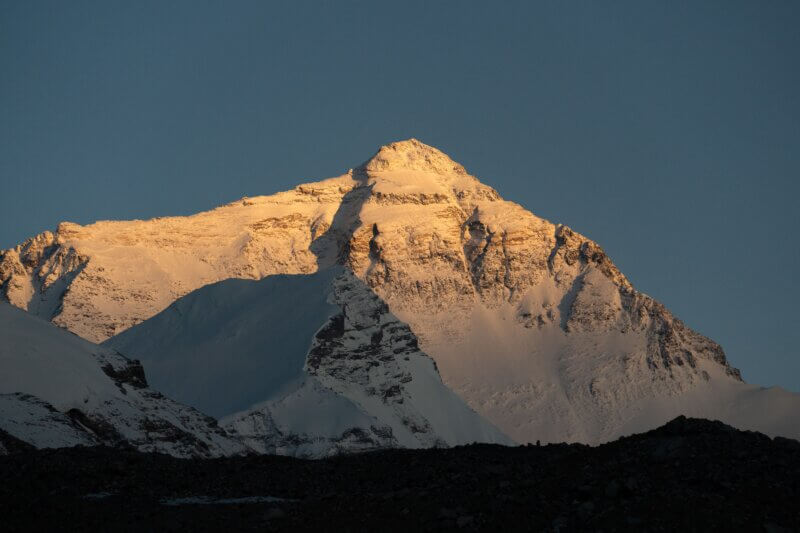North Lake Tahoe AIARE 2
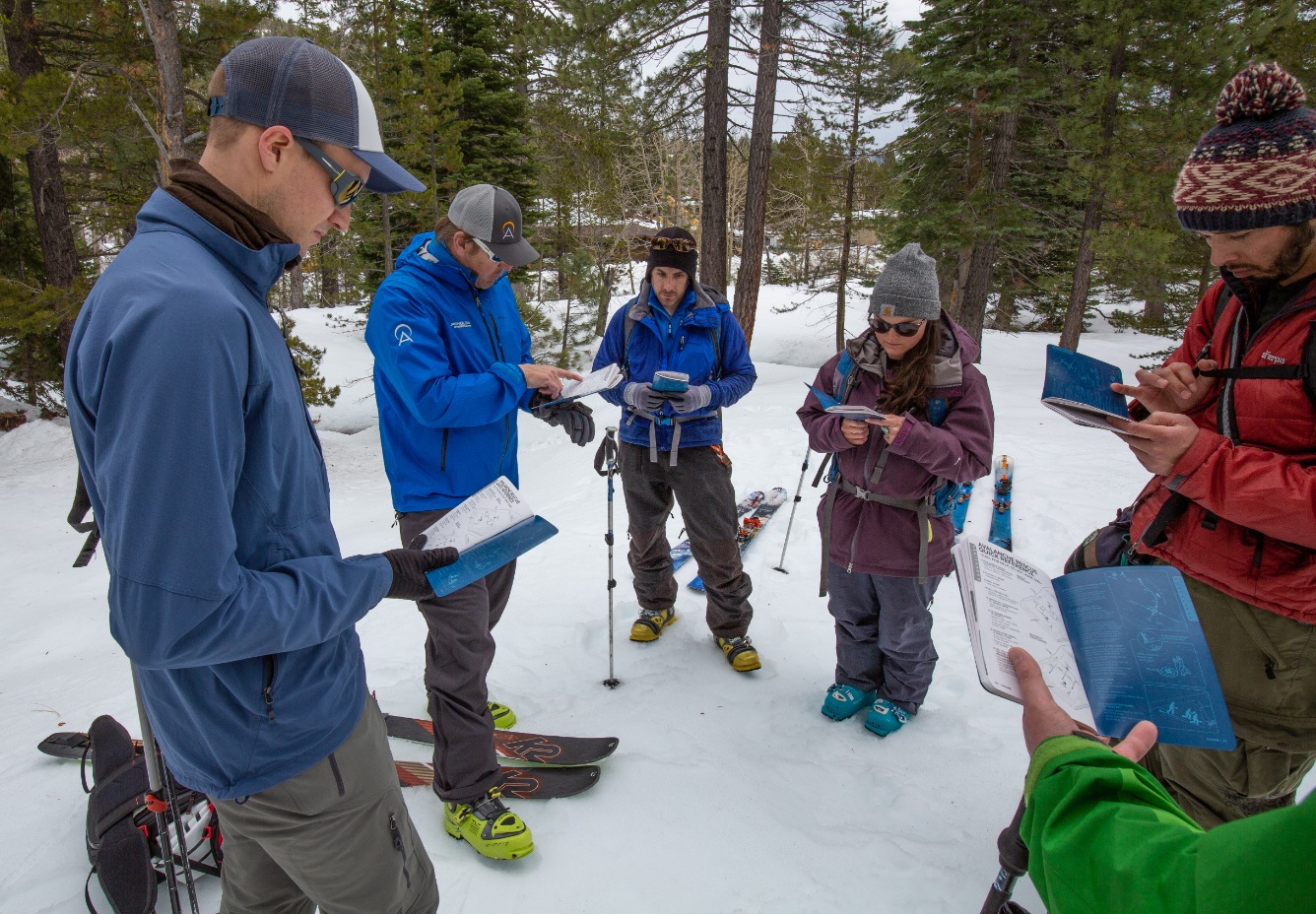
North Lake Tahoe AIARE 2
This AIARE 2 course, located in North Lake Tahoe, is a three day course that provides skiers and riders an opportunity to advance their decision making skills in more complicated situations such as being a leader within a small travel group, traveling in more complex terrain, and touring in an area without an avalanche forecasting center.
Building on the AIARE Framework introduced in Level 1, the AIARE 2 course takes the Framework and teaches you to apply it to complex situations by assessing and evaluating critical hazard factors. Our Tahoe AIARE 2 students will discuss weather, snowpack, and avalanche processes, and identify how these processes relate to observations and travel within avalanche terrain.
- Field Day 1
- Review & Practice
8:00am: Gear up and meet at the office or the trailhead, hand out AIARE field books
8:00am – 8:30am: Morning hazard assessment meeting / trailhead transceiver function check
8:30am – 11:30am: Companion rescue review and practice (Single and Multiple Burial)
11:30am – 12:00pm: Transition to instructor-led tour to gather snow observations
12:00pm – 3:30pm: Instructor demo; review of seasonal snowpack; craftsmanship, relevancy, and verification of snow observations; snowpack tests in the field.
3:30pm – 4:00pm: Debrief field observations and return to trailhead. Post observations to the local avalanche center. - Field Day 2
- Making Quality Observations
8:00am: Meet at trailhead
8:00am – 8:15am: Instructor/student-led morning hazard discussion (avalanches, snowpack, weather)
8:15am – 8:30am: Student-led trailhead transceiver function check
9:00am – 2:00pm: Instructor/student-led tour: track setting, terrain identification, snow profile (site selection; layer ID; hardness scale; grain ID; tests); snowpack structure; interpreting weather data, snow surface conditions, and snow profiles: metamorphism, sintering and bonding, persistent weak layers / facets, nsf, ncf, surface hoar
2:00pm – 2:30pm: Debrief observations in the field
2:30pm – 3:30pm: Return to trailhead
3:30pm – 4:00pm: Summarize conditions and post to the local avalanche center. Tour Planning homework. - Field Day 3
- Applying Observations to Field Decisions
8:00am – 8:15am: Student-led morning hazard discussion (avalanches, snowpack, weather).
Review tour plan options from night before
8:15am – 8:30am: Student-led trailhead transceiver function check
9:00am – 2:00pm: Student-led tour: verify stability forecast; group management / terrain selection / travel techniques
2:00pm – 2:30pm: Debrief observations in the field
2:30pm – 3:30pm: Return to trailhead
3:30pm – 4:00pm: Summarize conditions and post to the local avalanche center. Course conclusion, collect rental gear, and next steps.
